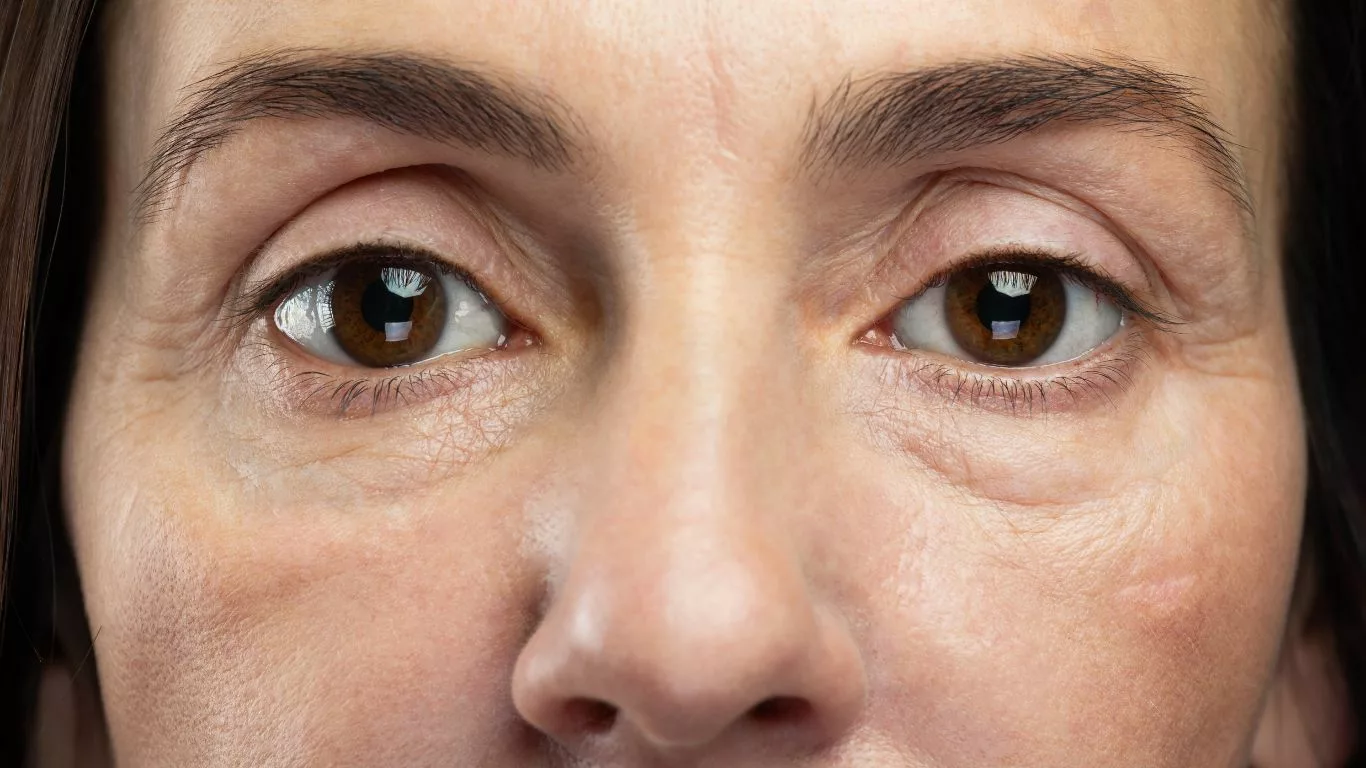Iron Deficiency and Eye Floaters: Is There a Connection?
Discover the potential link between iron deficiency and eye floaters. Learn about symptoms, causes, and treatments in our comprehensive guide.
Iron deficiency, a common nutritional disorder, can lead to a range of health issues, including anemia, fatigue, and impaired cognitive function. Among the less frequently discussed symptoms is the potential association between iron deficiency and eye floaters. This detailed guide explores the possible connection between these two conditions, providing insights into symptoms, underlying causes, and effective treatments.
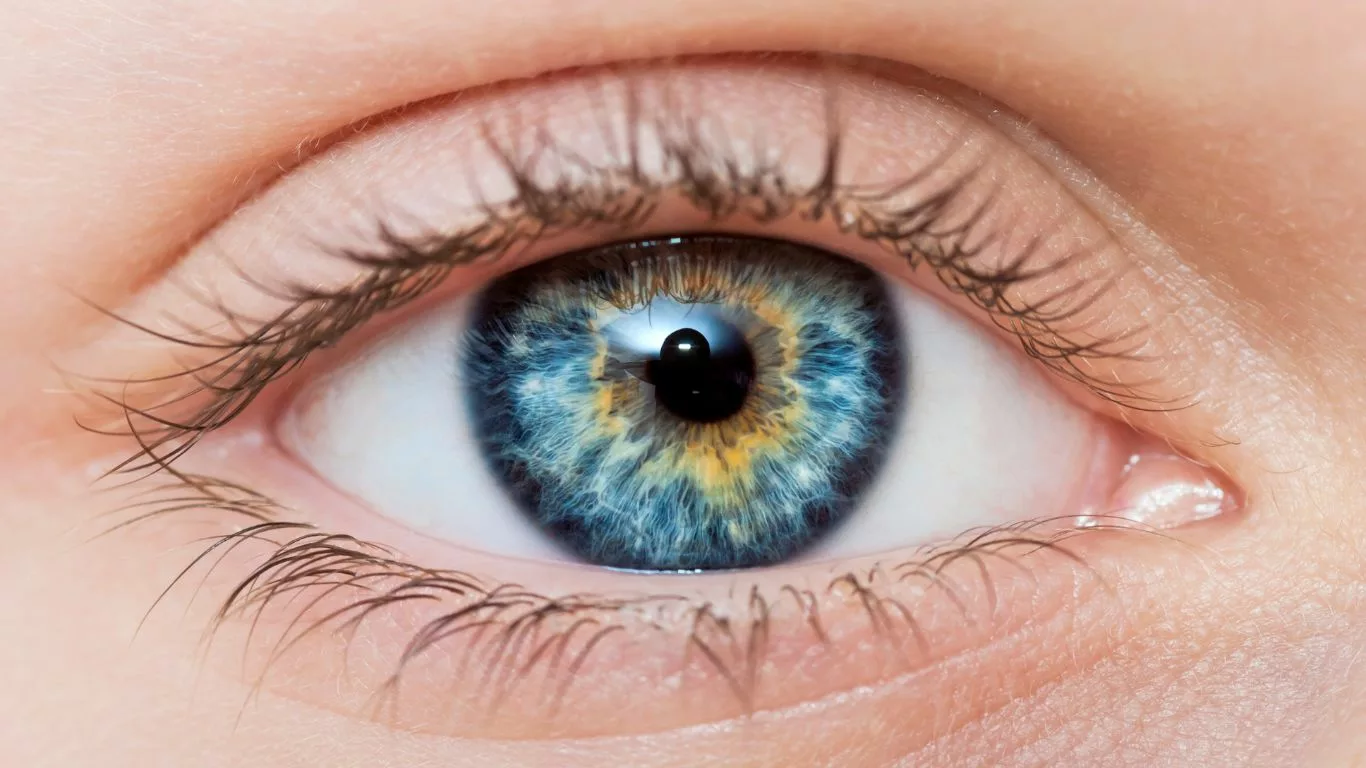
Understanding Iron Deficiency
Iron deficiency is a condition that arises when the body lacks sufficient iron to produce hemoglobin, the protein in red blood cells responsible for carrying oxygen from the lungs to the rest of the body. Hemoglobin is crucial for maintaining healthy cellular function and overall vitality. Without adequate iron, the body cannot produce enough healthy red blood cells, leading to a range of health issues, collectively known as iron deficiency anemia.
Causes of Iron Deficiency
Iron deficiency can result from several factors, including:
- Inadequate Dietary Intake: Iron is obtained through the diet, and insufficient consumption of iron-rich foods can lead to deficiency. This is particularly common in individuals with restrictive diets, vegetarians, and vegans, as plant-based iron (non-heme iron) is not as easily absorbed by the body as iron from animal sources (heme iron).
- Blood Loss: Significant or chronic blood loss depletes the body’s iron stores. This can occur due to various conditions, such as heavy menstrual bleeding, gastrointestinal bleeding (from ulcers, hemorrhoids, or cancers), or frequent blood donation.
- Malabsorption Issues: Certain medical conditions and surgical procedures can impair the body’s ability to absorb iron from the digestive tract. Conditions such as celiac disease, Crohn’s disease, and surgical removal of part of the intestines can significantly reduce iron absorption.
- Increased Iron Requirements: Certain life stages and conditions increase the body’s need for iron. For instance, pregnant women require more iron to support fetal development and increased blood volume. Similarly, growing children and adolescents have higher iron needs.
Common Symptoms of Iron Deficiency
The symptoms of iron deficiency can vary depending on the severity of the deficiency. Common symptoms include:
- Fatigue and Weakness: One of the most prevalent symptoms, fatigue, results from the body’s reduced capacity to transport oxygen to tissues and muscles.
- Pale Skin: Reduced hemoglobin levels can lead to paleness, particularly noticeable on the face, the inner lining of the lower eyelids, and the nails.
- Shortness of Breath: Decreased oxygen-carrying capacity of the blood can cause shortness of breath during physical activities.
- Dizziness or Lightheadedness: Reduced oxygen supply to the brain can result in dizziness and lightheadedness.
- Cold Hands and Feet: Poor blood circulation due to low hemoglobin can make extremities feel cold.
- Brittle Nails: Iron deficiency can cause nails to become thin, brittle, and prone to breaking.
- Unusual Cravings for Non-nutritive Substances (Pica): Some individuals with iron deficiency develop cravings for substances with no nutritional value, such as ice, dirt, or starch.
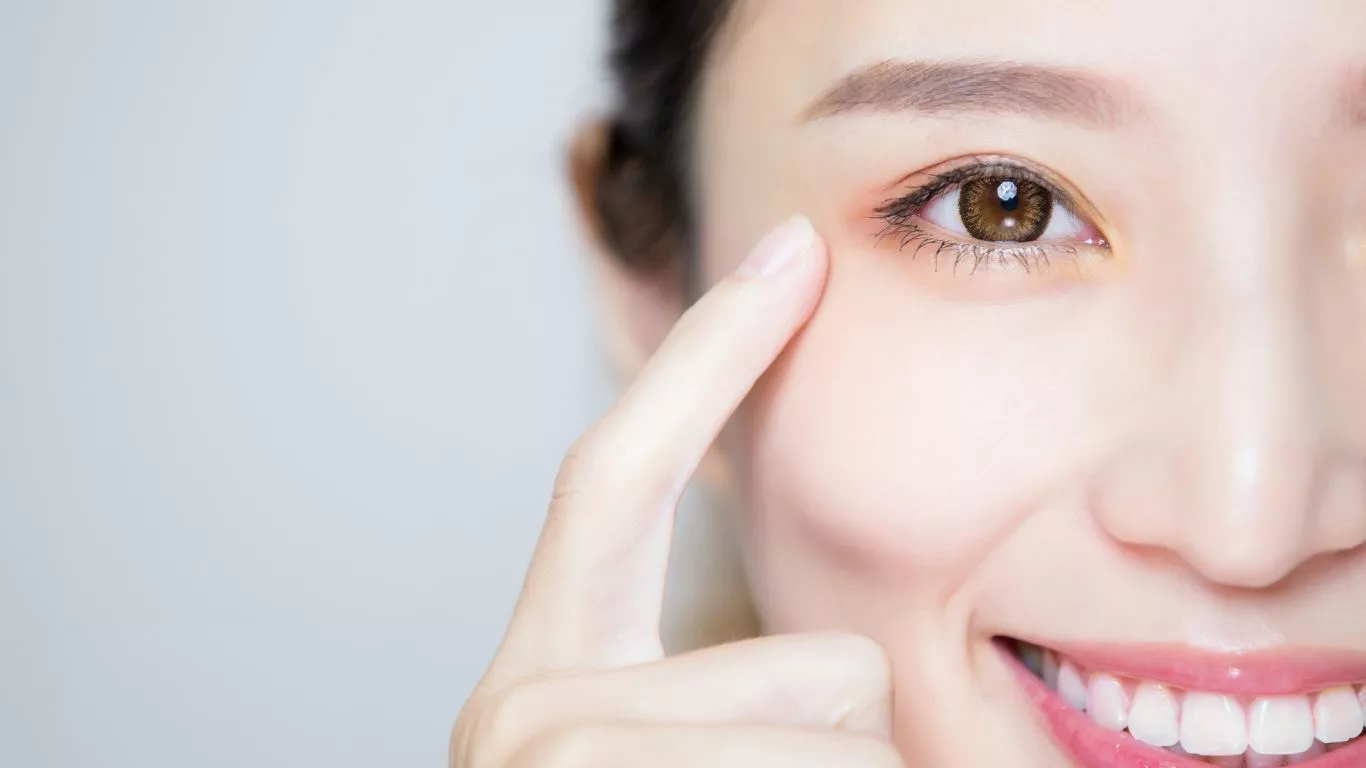
What Are Eye Floaters?
Eye floaters are small, shadowy shapes that drift across your field of vision. They can appear as spots, threads, squiggly lines, or cobwebs, and are most noticeable when looking at a plain, bright background like a clear sky or a white wall. Although floaters seem to be in front of your eye, they are actually floating inside the vitreous, a gel-like substance that fills the inside of your eye.
Common Causes of Eye Floaters
Several factors can lead to the development of eye floaters:
- Age-related Changes in the Vitreous Gel: As people age, the vitreous gel inside the eye tends to shrink and become more liquid. This process, known as vitreous syneresis, can cause the gel to pull away from the retina, forming clumps or strands that cast shadows on the retina, perceived as floaters.
- Eye Inflammation: Inflammation in the eye’s interior, known as uveitis, can cause inflammatory debris to be released into the vitreous, leading to floaters. This inflammation can be caused by infections, autoimmune conditions, or other diseases.
- Retinal Tears or Detachment: A serious cause of floaters is retinal tears or detachment. When the vitreous gel pulls away from the retina with sufficient force, it can tear the retina. If untreated, a retinal tear can lead to detachment, a condition where the retina peels away from its underlying layer of support tissue. Both conditions require immediate medical attention to prevent permanent vision loss.
- Eye Injuries: Trauma to the eye can cause the vitreous gel to change its consistency or detach from the retina, resulting in floaters. Such injuries can also cause bleeding within the eye, leading to floaters composed of blood cells.
- Diabetic Retinopathy: Diabetes can damage the blood vessels in the retina, causing them to leak or bleed. The resulting debris or blood clots in the vitreous gel can create floaters. Diabetic retinopathy is a serious condition that requires management to prevent vision loss.
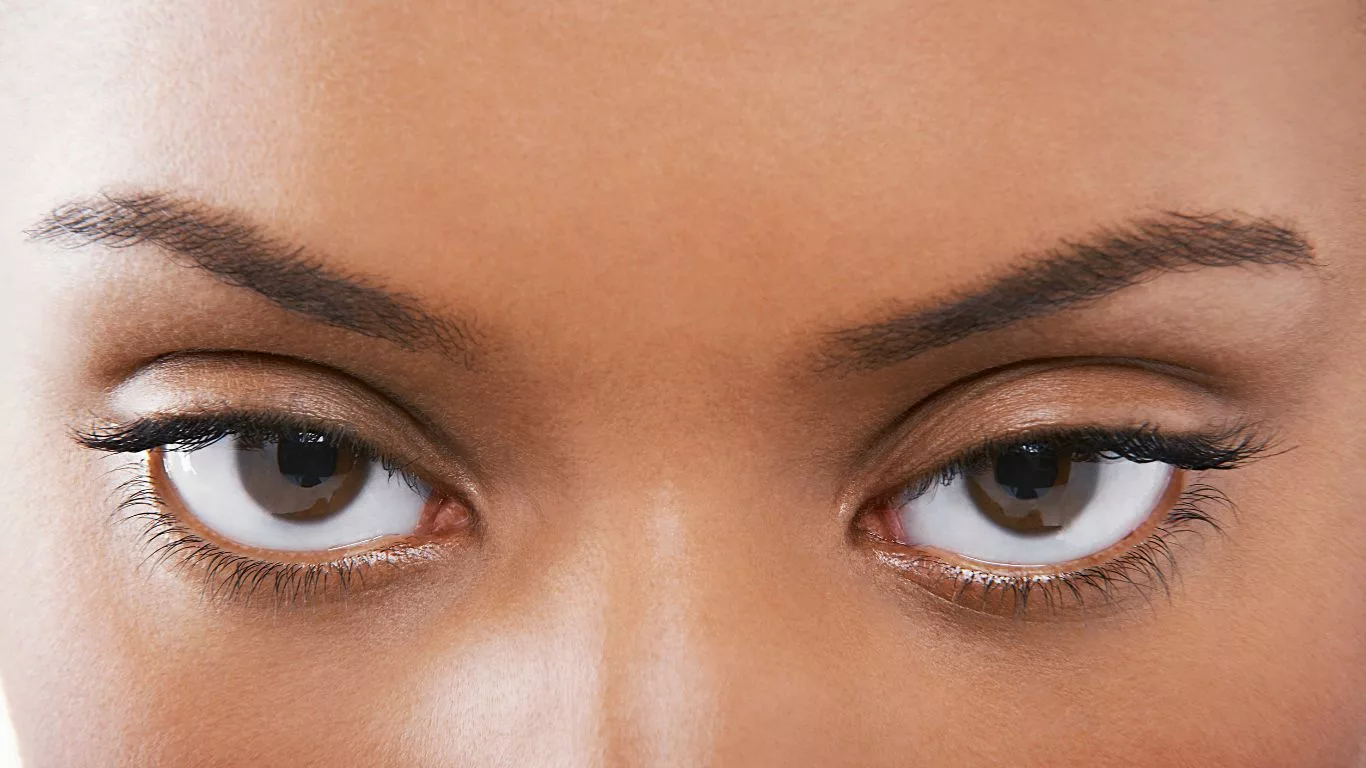
The Potential Link Between Iron Deficiency and Eye Floaters
While there is limited direct evidence linking iron deficiency to eye floaters, several indirect factors suggest a possible connection. Eye floaters, which appear as small, shadowy shapes drifting across one’s field of vision, can be a nuisance or a sign of more serious eye conditions. Understanding the potential relationship between iron deficiency and eye floaters involves exploring how iron impacts various physiological functions, including those related to eye health.
Oxygen Supply and Eye Health
Iron is a critical component of hemoglobin, the protein in red blood cells that transports oxygen throughout the body. In cases of iron deficiency anemia, the body’s capacity to carry oxygen is diminished. The eyes, being highly vascularized and metabolically active organs, require a constant and rich supply of oxygen to function properly. When the oxygen supply is compromised, it can affect various parts of the eye, including the vitreous gel, which fills the space between the lens and the retina.
The vitreous gel can undergo changes when deprived of adequate oxygen. These changes might contribute to the formation of floaters, as parts of the gel break down or become less transparent. Additionally, chronic low oxygen levels could weaken the structural integrity of the eye’s internal components, potentially leading to an increase in floaters.
Increased Oxidative Stress
Iron plays a crucial role in many enzymatic processes that protect cells from oxidative stress. Oxidative stress occurs when there is an imbalance between free radicals (reactive oxygen species) and the body’s ability to detoxify their harmful effects through antioxidants. Iron deficiency can disrupt this balance, leading to increased oxidative damage within the body, including the eyes.
Increased oxidative stress can affect the delicate tissues of the eye, potentially leading to degeneration of the vitreous gel and the retina. This degradation process might result in the formation of floaters as damaged tissue and cells accumulate in the vitreous gel. Furthermore, oxidative stress can accelerate aging processes in the eye, exacerbating the presence and severity of floaters.
Vascular Health
Iron deficiency anemia impacts the overall health of the vascular system. Poor vascular health means reduced blood flow and nutrient delivery to various tissues, including the eyes. The retina, which is a highly vascularized tissue, relies on a steady supply of oxygen and nutrients to maintain its function and structural integrity.
When iron deficiency impairs vascular health, the resulting poor circulation can lead to insufficient nourishment and oxygenation of the retina and the vitreous gel. This can increase the risk of developing floaters due to tissue degradation or hemorrhages in the retina. In some cases, severe vascular issues might even lead to more serious eye conditions such as retinal detachment, which is closely associated with the sudden onset of numerous floaters.

Treating Iron Deficiency and Managing Eye Floaters
Addressing iron deficiency and managing eye floaters requires a comprehensive approach that includes dietary changes, supplementation, lifestyle modifications, and regular medical evaluations. By targeting the root cause of iron deficiency and promoting overall eye health, it is possible to reduce the incidence and severity of eye floaters.
Dietary Changes
Incorporating iron-rich foods into your diet is a fundamental step in alleviating iron deficiency. Some of the best sources of dietary iron include:
- Red meat, poultry, and fish: These animal-based sources provide heme iron, which is easily absorbed by the body.
- Leafy green vegetables: Spinach, kale, and other greens offer non-heme iron, which can be enhanced by consuming them with vitamin C-rich foods.
- Legumes: Beans, lentils, and chickpeas are excellent plant-based sources of iron.
- Iron-fortified cereals and bread: These products can help increase daily iron intake, especially in populations at risk of deficiency.
- Nuts and seeds: Almonds, cashews, and pumpkin seeds are nutritious options that also provide iron.
Iron Supplements
If dietary changes are insufficient to correct iron deficiency, healthcare providers may recommend iron supplements. It is crucial to take these supplements under medical supervision to ensure proper dosage and to avoid potential side effects such as gastrointestinal discomfort or iron overload. Regular blood tests may be necessary to monitor iron levels and adjust supplementation as needed.
Eye Health Maintenance
Managing eye floaters involves several strategies to maintain overall eye health and prevent further complications:
- Regular eye exams: Regular check-ups with an eye specialist can help monitor floaters and detect any underlying issues early. This is particularly important for individuals with a history of eye problems or chronic conditions like diabetes.
- Protective eyewear: Wearing protective eyewear during activities that pose a risk of eye injury can prevent trauma that might lead to the formation of floaters.
- Controlling underlying conditions: Managing chronic health issues such as diabetes, hypertension, and cardiovascular diseases is crucial for maintaining good vascular health and, by extension, eye health.
Additionally, lifestyle modifications such as staying hydrated, maintaining a balanced diet, and avoiding smoking can contribute to overall eye health. Staying vigilant about changes in vision and seeking prompt medical attention for sudden increases in floaters can help manage and mitigate potential complications.
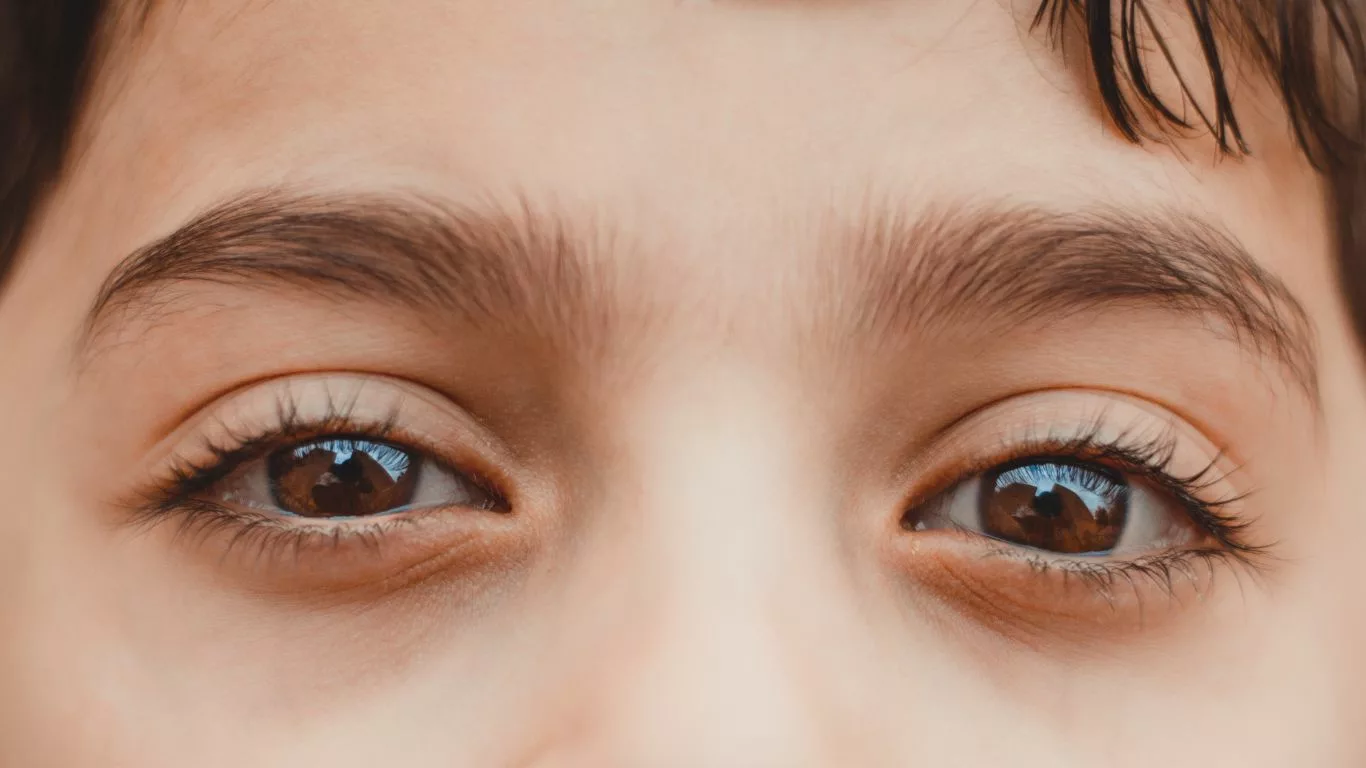
Considerations and Precautions
While managing iron deficiency and eye floaters, it’s essential to approach treatment with caution and under professional guidance.
Monitor Personal Symptoms
Individual responses to iron supplementation can vary. Monitor for side effects like gastrointestinal discomfort, and adjust the dosage as recommended by your healthcare provider.
Consult with Healthcare Professionals
Seek advice from medical professionals to ensure proper diagnosis and treatment. This is especially important if you have underlying health conditions or are taking other medications.
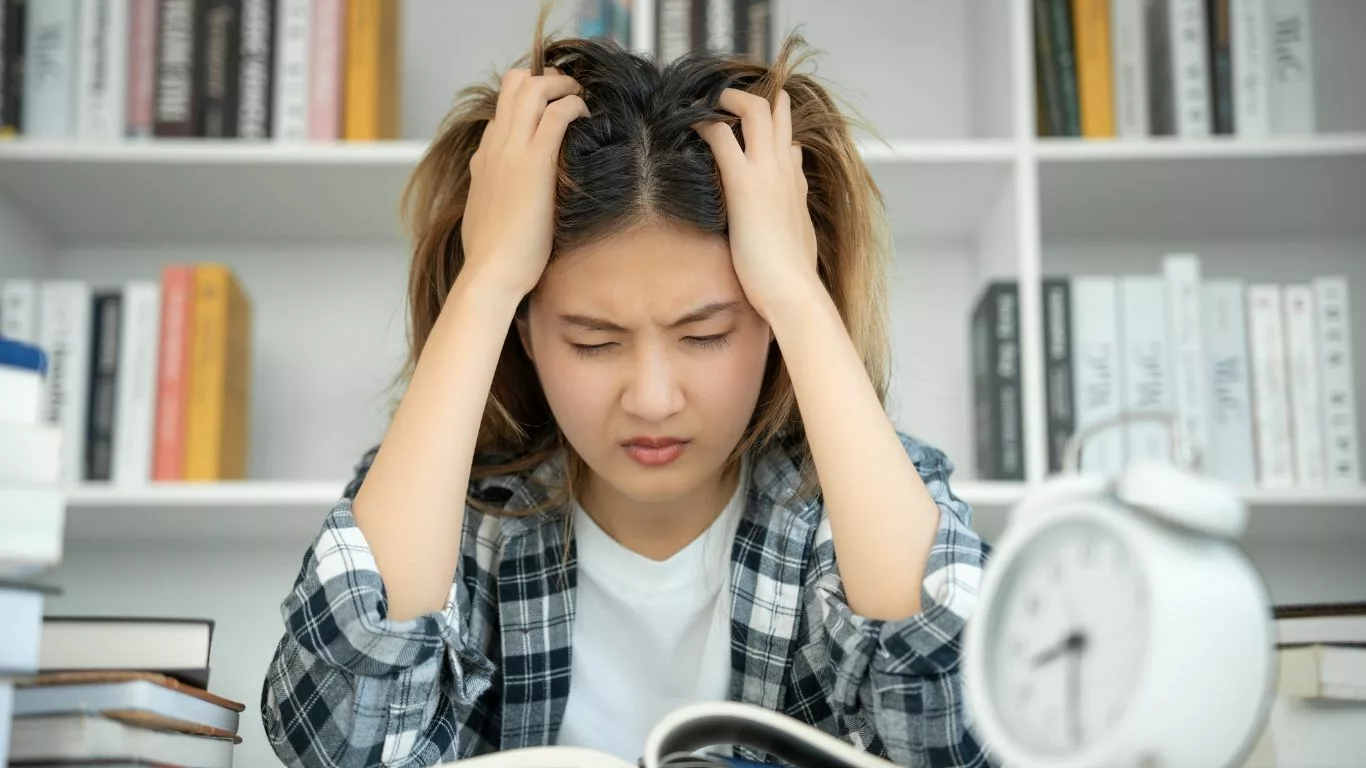
Conclusion
Understanding the potential link between iron deficiency and eye floaters can help guide effective management strategies for both conditions. By addressing iron deficiency through dietary changes, supplementation, and medical advice, and maintaining overall eye health, individuals can work towards reducing symptoms and improving their quality of life.
Appendices
References
For further exploration of the topic of iron deficiency and eye floaters, consider reviewing the following references:
- Lozoff, B., & Georgieff, M. K. (2006). Iron Deficiency and Brain Development. Seminars in Pediatric Neurology, 13(3), 158-165. Read Article
- Goodman, L. S., & Gilman, A. (2011). The Pharmacological Basis of Therapeutics. McGraw-Hill. Read Book
- Boyd, K. (2020). Eye Floaters and Flashes. American Academy of Ophthalmology. Read Article
- World Health Organization (WHO). (2021). Iron Deficiency Anaemia. Read Report
FAQs
Here are some frequently asked questions about iron deficiency and eye floaters:
- Can iron deficiency cause eye floaters? While there is no direct evidence, iron deficiency can impact overall eye health through reduced oxygen supply and increased oxidative stress, potentially contributing to floaters.
- How can I prevent iron deficiency? Prevent iron deficiency by consuming a balanced diet rich in iron, including red meat, leafy greens, legumes, and fortified foods. Regular check-ups with a healthcare provider can also help monitor iron levels.
- What should I do if I notice new or worsening eye floaters? If you experience new or worsening floaters, seek immediate medical attention to rule out serious conditions like retinal detachment.
Related Table
Here’s a summary table of key information regarding iron deficiency and eye floaters:
| Aspect | Information |
|---|---|
| Common Symptoms of Iron Deficiency | Fatigue, pale skin, shortness of breath, dizziness |
| Causes of Eye Floaters | Age-related vitreous changes, eye inflammation, retinal tears |
| Treatment for Iron Deficiency | Dietary changes, iron supplements, medical intervention |
| Management of Eye Floaters | Regular eye exams, protective eyewear, underlying condition control |
Note: Individual responses to treatment can vary, and it’s important to seek personalized advice from a healthcare provider.
Disclaimer: The information provided in this article is for educational and informational purposes only. It is not intended to be a substitute for professional medical advice, diagnosis, or treatment. Always seek the advice of your physician or other qualified health provider with any questions you may have regarding a medical condition. Never disregard professional medical advice or delay in seeking it because of something you have read in this article. Reliance on any information provided in this article is solely at your own risk.

Camellia Wulansari is a dedicated Medical Assistant at a local clinic and a passionate health writer at Healthusias.com. With years of hands-on experience in patient care and a deep interest in preventive medicine, she bridges the gap between clinical knowledge and accessible health information. Camellia specializes in writing about digestive health, chronic conditions like GERD and hypertension, respiratory issues, and autoimmune diseases, aiming to empower readers with practical, easy-to-understand insights. When she’s not assisting patients or writing, you’ll find her enjoying quiet mornings with coffee and a medical journal in hand—or jamming to her favorite metal band, Lamb of God.
